Home>Home Appliances>Cleaning Appliances>How To Mop Hardwood Floors With Vinegar
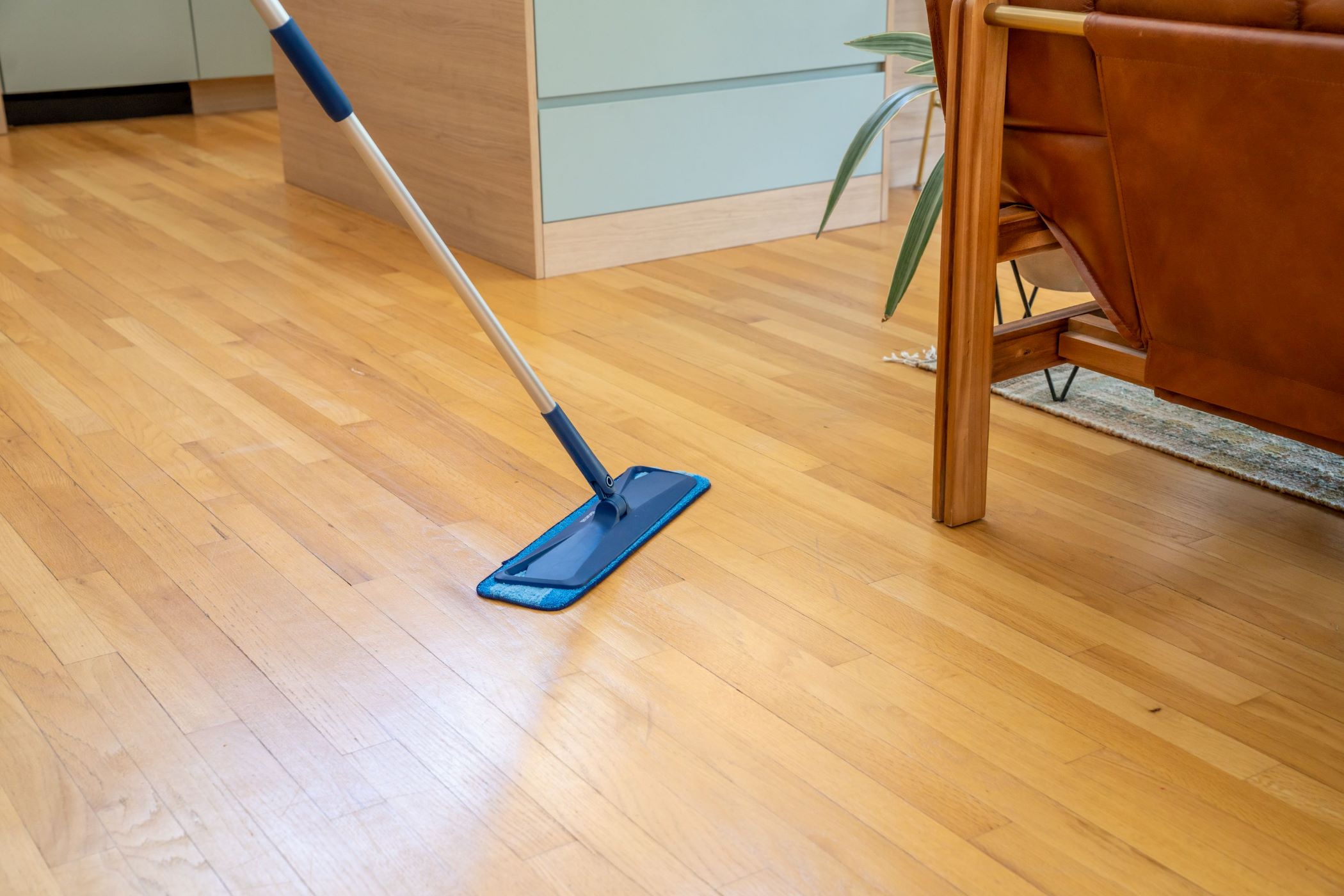

Cleaning Appliances
How To Mop Hardwood Floors With Vinegar
Modified: March 24, 2024
Learn how to effectively clean and maintain your hardwood floors using vinegar and other cleaning appliances. Keep your floors looking pristine with these expert tips.
(Many of the links in this article redirect to a specific reviewed product. Your purchase of these products through affiliate links helps to generate commission for Storables.com, at no extra cost. Learn more)
Introduction
Cleaning hardwood floors can be a daunting task, especially when you want to ensure a deep clean without causing any damage. Fortunately, using vinegar as a natural cleaning solution can be an effective and eco-friendly way to maintain the beauty of your hardwood floors. In this guide, we will explore the step-by-step process of mopping hardwood floors with vinegar, providing you with the knowledge and confidence to achieve sparkling clean and streak-free results.
Hardwood floors exude a timeless elegance and charm, adding warmth and character to any space. To preserve their natural luster and extend their lifespan, regular cleaning is essential. While there are various commercial cleaning products available, many of them contain harsh chemicals that can potentially harm the wood or leave behind a sticky residue. By opting for a vinegar-based cleaning solution, you can sidestep these concerns and achieve a spotless finish without compromising the integrity of your hardwood floors.
Beyond its cleaning prowess, vinegar is a versatile and budget-friendly household staple that offers a myriad of benefits. Its natural acidity makes it an effective grease and grime remover, while its antimicrobial properties help to sanitize and deodorize surfaces. Additionally, vinegar is non-toxic and biodegradable, making it a safe choice for households with children and pets.
As we delve into the process of mopping hardwood floors with vinegar, you will discover the simplicity and efficacy of this method. From preparing the cleaning solution to mastering the mopping technique, each step is designed to streamline the cleaning process and deliver impressive results. By following this guide, you can elevate the cleanliness and allure of your hardwood floors while embracing a sustainable and eco-conscious approach to home maintenance.
Key Takeaways:
- Keep your hardwood floors clean and beautiful by mopping with a vinegar solution. It’s eco-friendly, effective, and safe for your home, pets, and kids.
- Remember to test the vinegar solution in a small area, use gentle materials, and avoid excessive moisture to protect your hardwood floors from damage.
Read more: How To Mop Engineered Hardwood Floors
Materials Needed
Before embarking on the hardwood floor cleaning journey, it’s essential to gather the necessary materials to ensure a seamless and effective cleaning process. Here’s a list of items you’ll need:
- Vinegar: White vinegar is the preferred choice for cleaning hardwood floors due to its mild acidity and natural cleaning properties. It effectively cuts through grease and grime without leaving behind residue or dulling the floor’s finish.
- Water: Distilled or filtered water is ideal for creating the cleaning solution, as it minimizes the presence of impurities that could potentially leave streaks on the floor.
- Mop: Choose a microfiber mop or a well-wrung mop with a soft, non-abrasive cloth or mop head to prevent scratches and ensure even distribution of the cleaning solution.
- Bucket: A clean bucket or mop bucket will be used to mix the vinegar and water solution and to rinse the mop as needed during the cleaning process.
- Essential Oils (Optional): For a pleasant fragrance and added antimicrobial properties, consider incorporating a few drops of essential oils such as lavender, lemon, or tea tree oil into the cleaning solution.
- Protective Gloves (Optional): If you have sensitive skin or prefer to minimize direct contact with the cleaning solution, wearing protective gloves can be beneficial.
- Soft Cloths: Have a few soft, lint-free cloths on hand for spot cleaning or drying any excess moisture on the floor.
- Furniture Pads or Sliders: To protect the freshly cleaned floors from potential scratches or dents caused by furniture, consider using pads or sliders to distribute weight and minimize friction.
By ensuring that you have all these materials at your disposal, you can proceed with confidence, knowing that you have everything needed to achieve pristine and gleaming hardwood floors through the vinegar mopping method.
Preparing the Solution
Creating the vinegar-based cleaning solution is a straightforward yet crucial step in the process of mopping hardwood floors. The proper dilution of vinegar with water ensures effective cleaning without leaving a harsh residue or damaging the wood. Follow these simple steps to prepare the solution:
- Choose the Right Vinegar: Opt for white vinegar, as it is a mild acid that effectively cuts through grease and grime without harming the wood. Avoid using malt vinegar or other flavored vinegars, as they may leave behind unwanted residues or odors.
- Mixing Ratio: In a clean bucket, combine one part white vinegar with three parts warm water. For instance, you can mix one cup of vinegar with three cups of water to create a sufficient amount of cleaning solution.
- Optional Addition of Essential Oils: If desired, add a few drops of essential oils such as lavender, lemon, or tea tree oil to the solution. Not only do these oils impart a pleasant fragrance, but they also offer additional antimicrobial properties.
- Gentle Agitation: Gently stir the solution to ensure that the vinegar and water are thoroughly mixed. Avoid vigorous stirring, as this may create excessive suds that could leave streaks on the floor.
Once the cleaning solution is prepared, it’s ready to be used for mopping the hardwood floors. The mild acidity of the vinegar, when diluted with water, effectively cuts through dirt and grime, leaving your floors clean and refreshed without compromising their natural beauty.
By adhering to these steps, you can confidently create a vinegar-based cleaning solution that is both safe for your hardwood floors and highly effective in removing dirt and grime, paving the way for a sparkling clean finish.
Mopping Technique
Mastering the mopping technique is essential for achieving a thorough and streak-free clean when using a vinegar solution on hardwood floors. Follow these steps to ensure optimal results:
- Clear the Area: Begin by removing any furniture, rugs, or obstacles from the area to be cleaned. This allows for unrestricted access and prevents the mop from catching on objects or spreading dust and debris.
- Spot Cleaning (Optional): If there are any localized stains or spills on the floor, use a soft cloth dampened with the vinegar solution to spot clean the affected areas before mopping the entire floor.
- Dip and Wring the Mop: Submerge the mop head into the prepared vinegar solution in the bucket, then wring it out thoroughly to remove excess moisture. The mop should be damp but not dripping wet to prevent over-saturation of the hardwood floors.
- Start Mopping: Begin mopping from the farthest corner of the room, working your way towards the entrance. Use gentle, overlapping strokes to ensure even coverage and to prevent streaking. It’s important to avoid leaving standing water on the floor, as excessive moisture can damage the wood.
- Change the Cleaning Solution as Needed: If the cleaning solution becomes visibly dirty or cloudy, replace it with a fresh batch to maintain the effectiveness of the cleaning process.
- Pay Attention to Details: Be mindful of baseboards, corners, and other hard-to-reach areas as you mop. These areas can accumulate dust and grime, so ensure that they receive thorough attention during the cleaning process.
- Avoid Excessive Moisture: After mopping a section of the floor, use a dry, soft cloth to gently buff the area and remove any residual moisture. This helps to prevent water spots and ensures a streak-free finish.
By following these steps and maintaining a systematic approach, you can effectively clean your hardwood floors with the vinegar solution, leaving them gleaming and free of dirt and grime. The mopping technique outlined above is designed to streamline the cleaning process while preserving the natural beauty of your hardwood floors.
Mix 1/2 cup of white vinegar with 1 gallon of warm water. Use a damp mop to clean the hardwood floors, making sure not to oversaturate the wood. Dry the floors immediately with a clean towel to prevent any water damage.
Drying the Floor
After completing the mopping process, the final step involves ensuring that the hardwood floors are thoroughly dried to prevent water damage and streaking. Follow these steps to effectively dry the floor:
- Allow Sufficient Air Circulation: Open windows and doors to promote air circulation in the room. This aids in the evaporation of any residual moisture on the floor and accelerates the drying process.
- Use Fans: If available, use fans to circulate air and expedite the drying of the hardwood floors. Position the fans strategically to cover the entire cleaned area.
- Spot Drying: If there are any areas that appear damp or have visible moisture, use a dry, lint-free cloth to gently blot and absorb the excess moisture. Avoid rubbing the floor, as this may cause streaking.
- Inspect for Streaks: As the floor dries, periodically inspect the surface for any streaks or water spots. If detected, use a dry cloth to gently buff and remove the streaks.
- Restore Furniture and Rugs: Once the floor is completely dry, carefully place furniture and rugs back in their respective positions. Ensure that furniture legs are equipped with protective pads or sliders to prevent scratching or denting the freshly cleaned floors.
By diligently following these steps, you can effectively expedite the drying process and ensure that your hardwood floors maintain their natural luster and pristine appearance. Proper drying is essential for preventing water damage and achieving a streak-free finish, allowing you to fully appreciate the revitalized beauty of your hardwood floors.
Read more: How Often To Mop Hardwood Floors
Tips and Warnings
As you embark on the journey of mopping your hardwood floors with vinegar, consider the following tips and warnings to ensure a successful and safe cleaning experience:
Tips:
- Regular Maintenance: Implement a regular cleaning schedule to prevent the accumulation of dirt and grime on your hardwood floors. This helps maintain their natural beauty and prolong their lifespan.
- Test in an Inconspicuous Area: Before proceeding with mopping, test the vinegar solution on a small, inconspicuous area of the floor to ensure compatibility and to rule out any adverse reactions.
- Use Soft, Non-Abrasive Materials: Opt for a microfiber mop and soft, lint-free cloths to prevent scratches and ensure gentle yet effective cleaning.
- Protective Pads for Furniture: Place protective pads or sliders under furniture legs to prevent scratches and dents on the hardwood floors.
- Proper Ventilation: Ensure adequate ventilation in the cleaning area to expedite the drying process and prevent the accumulation of moisture.
- Inspect for Stains: Regularly inspect and address any stains or spills promptly to prevent them from setting and becoming more challenging to remove.
Warnings:
- Avoid Excessive Moisture: Over-saturating the hardwood floors with the cleaning solution or water can lead to warping, swelling, and other forms of water damage.
- Do Not Use Abrasive Cleaners: Avoid using abrasive cleaners, harsh chemicals, or ammonia-based products, as they can damage the finish and integrity of the hardwood floors.
- Minimize Standing Water: Promptly dry any standing water on the floor to prevent it from seeping into the wood and causing damage.
- Caution with Essential Oils: If using essential oils in the cleaning solution, ensure that they are safe for use on hardwood floors and that they are properly diluted to avoid potential damage or residue.
- Protective Gear: If sensitive to cleaning solutions, wear protective gloves to minimize skin contact and potential irritation.
By heeding these tips and warnings, you can confidently navigate the process of mopping hardwood floors with vinegar, ensuring a successful and safe cleaning endeavor while preserving the timeless allure of your hardwood floors.
Frequently Asked Questions about How To Mop Hardwood Floors With Vinegar
Was this page helpful?
At Storables.com, we guarantee accurate and reliable information. Our content, validated by Expert Board Contributors, is crafted following stringent Editorial Policies. We're committed to providing you with well-researched, expert-backed insights for all your informational needs.
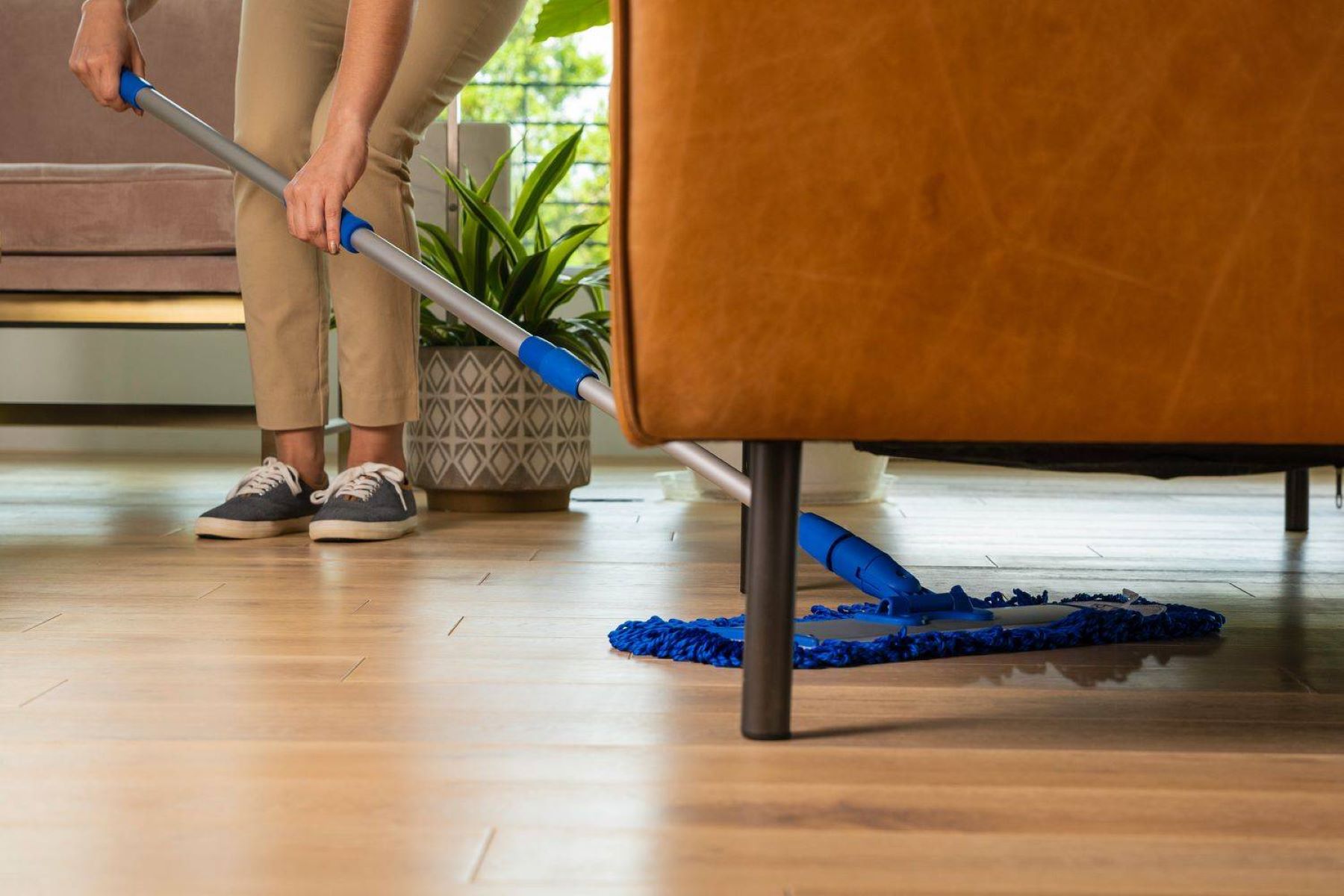
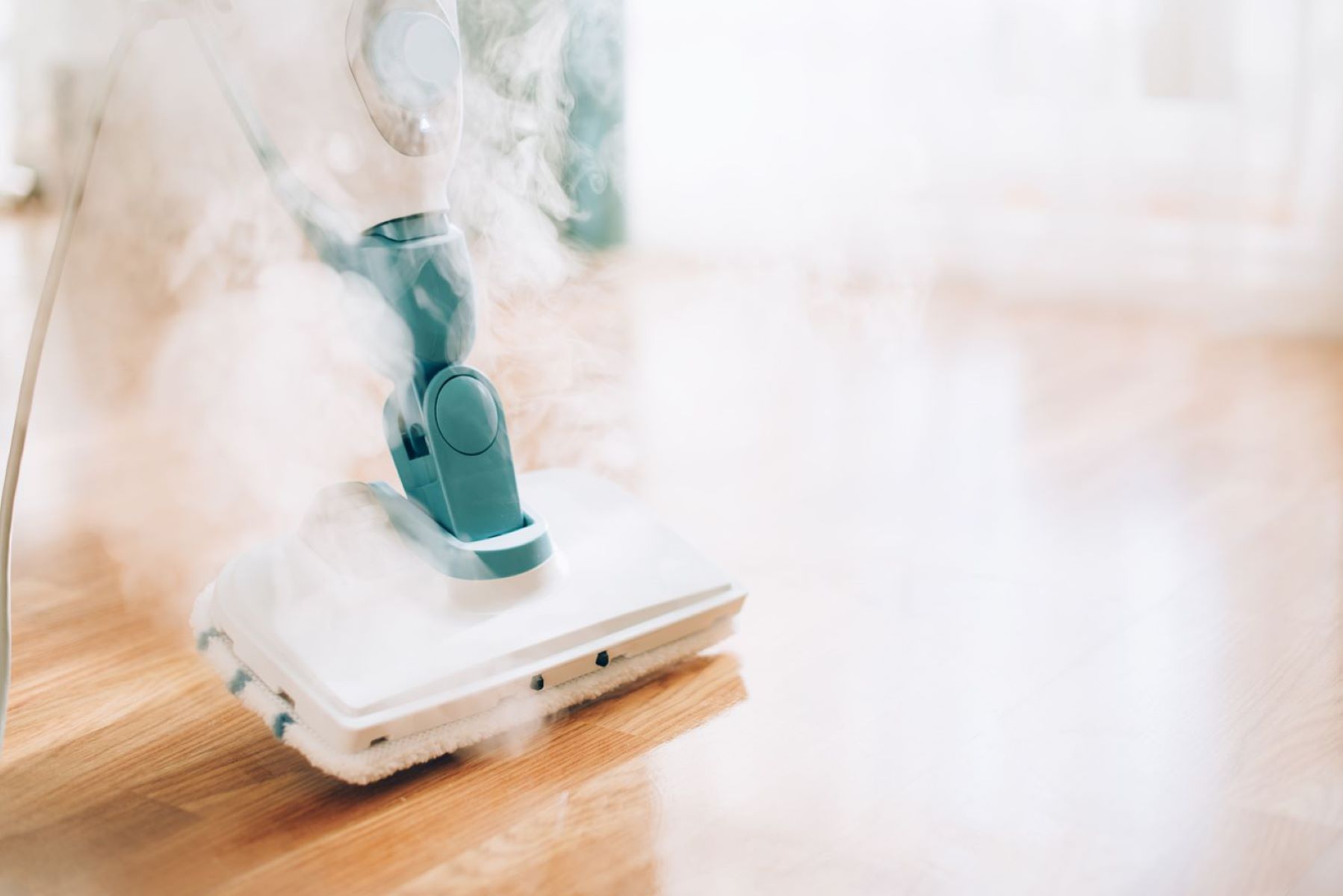
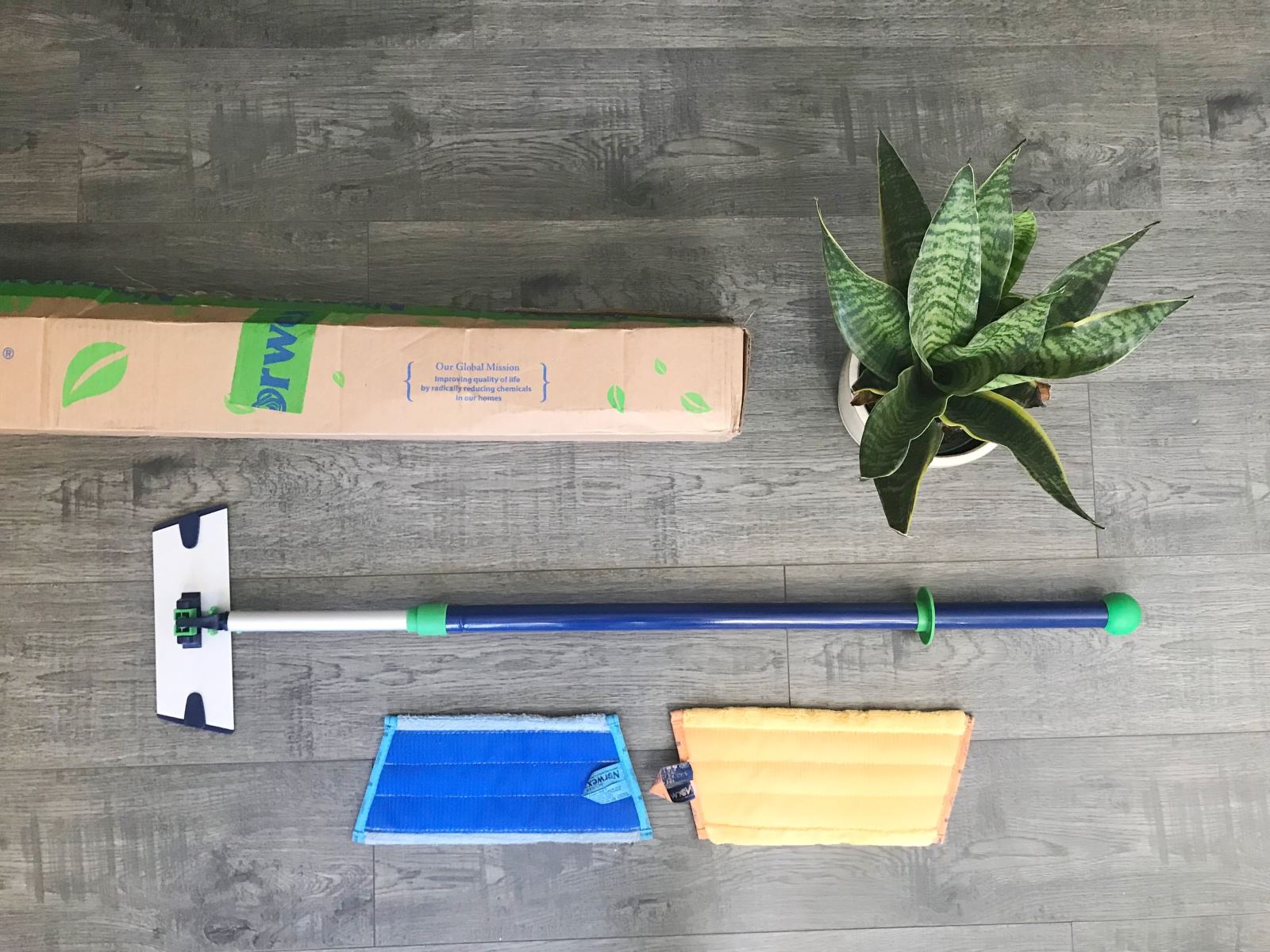
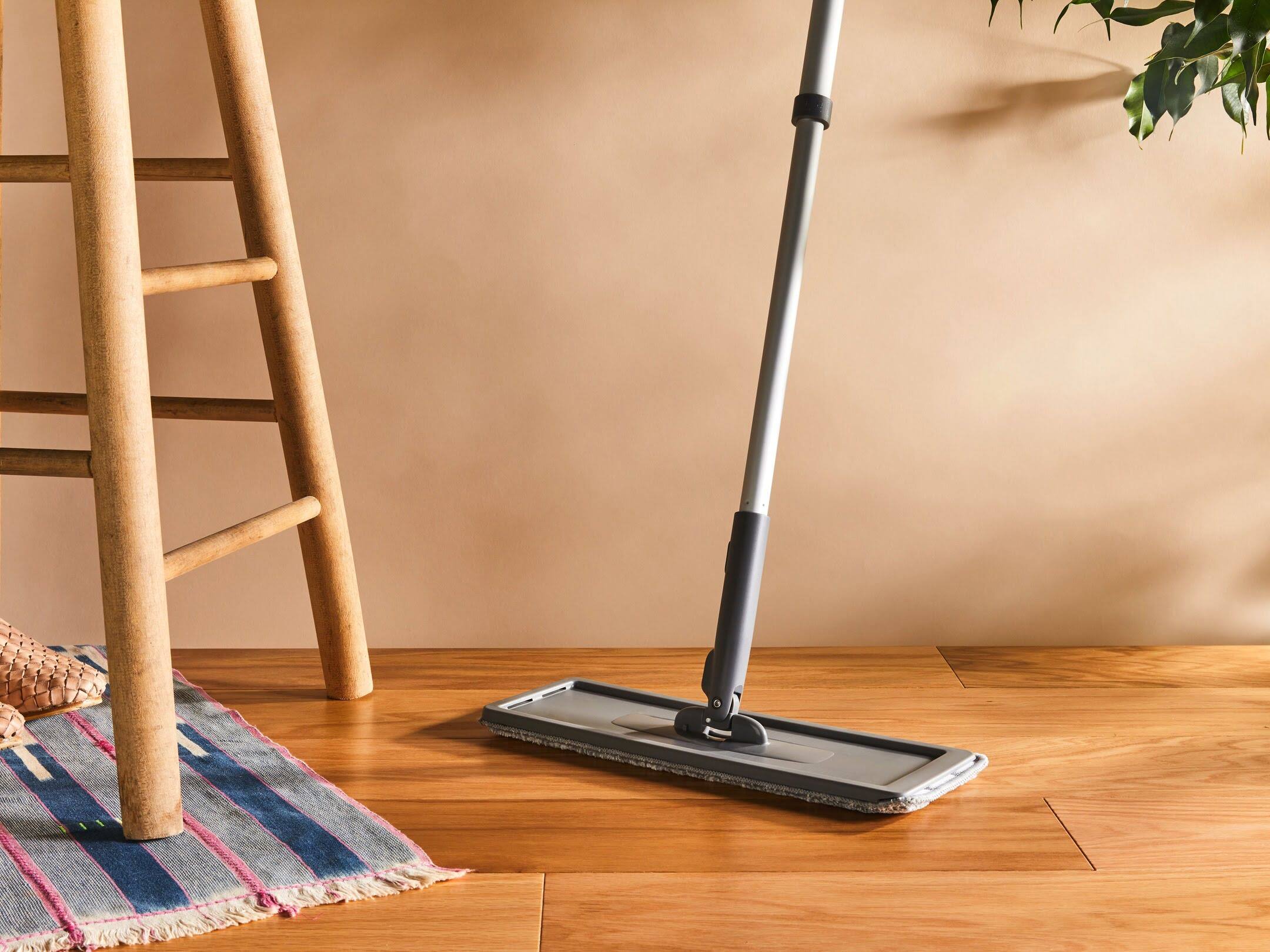
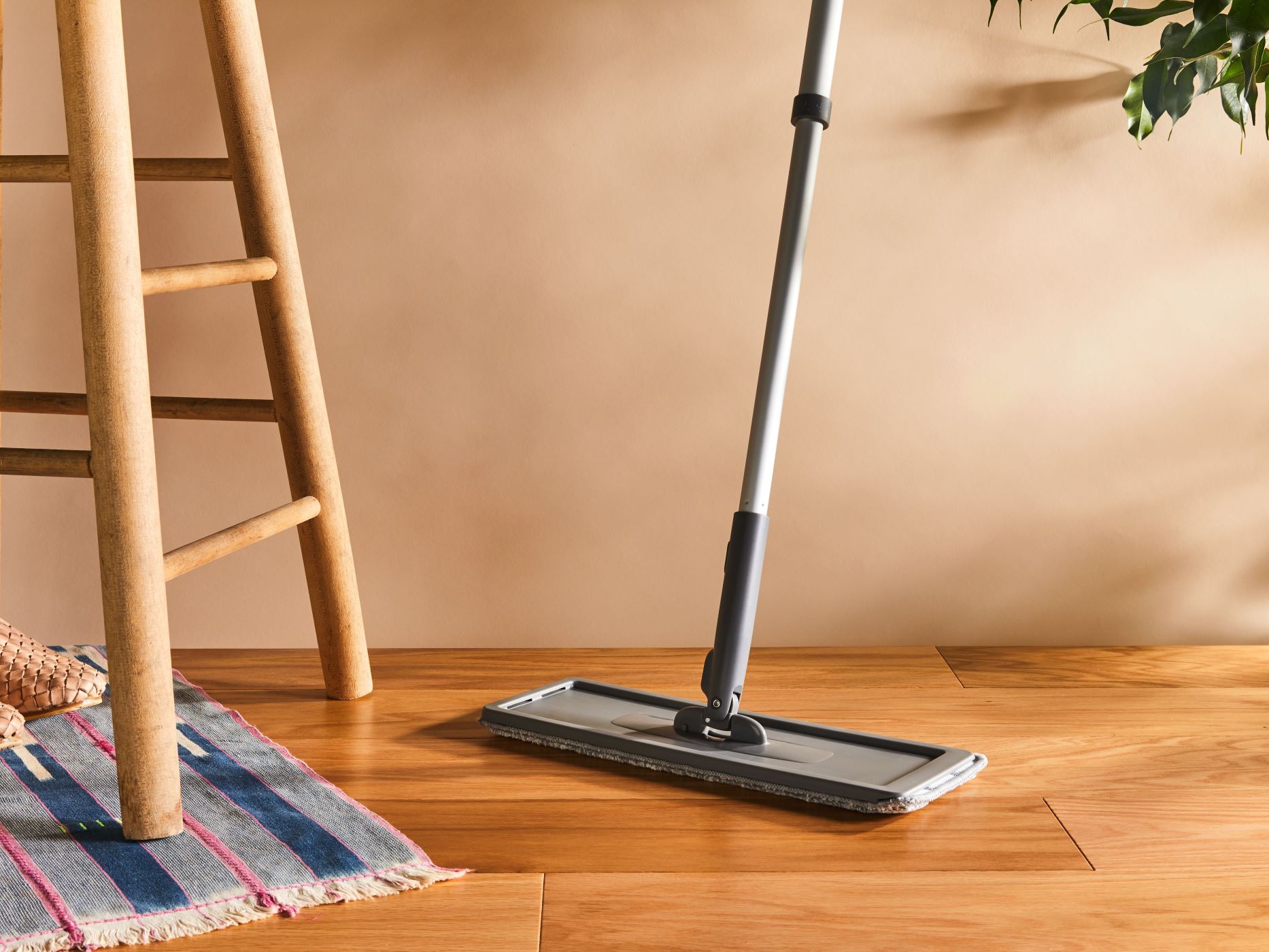
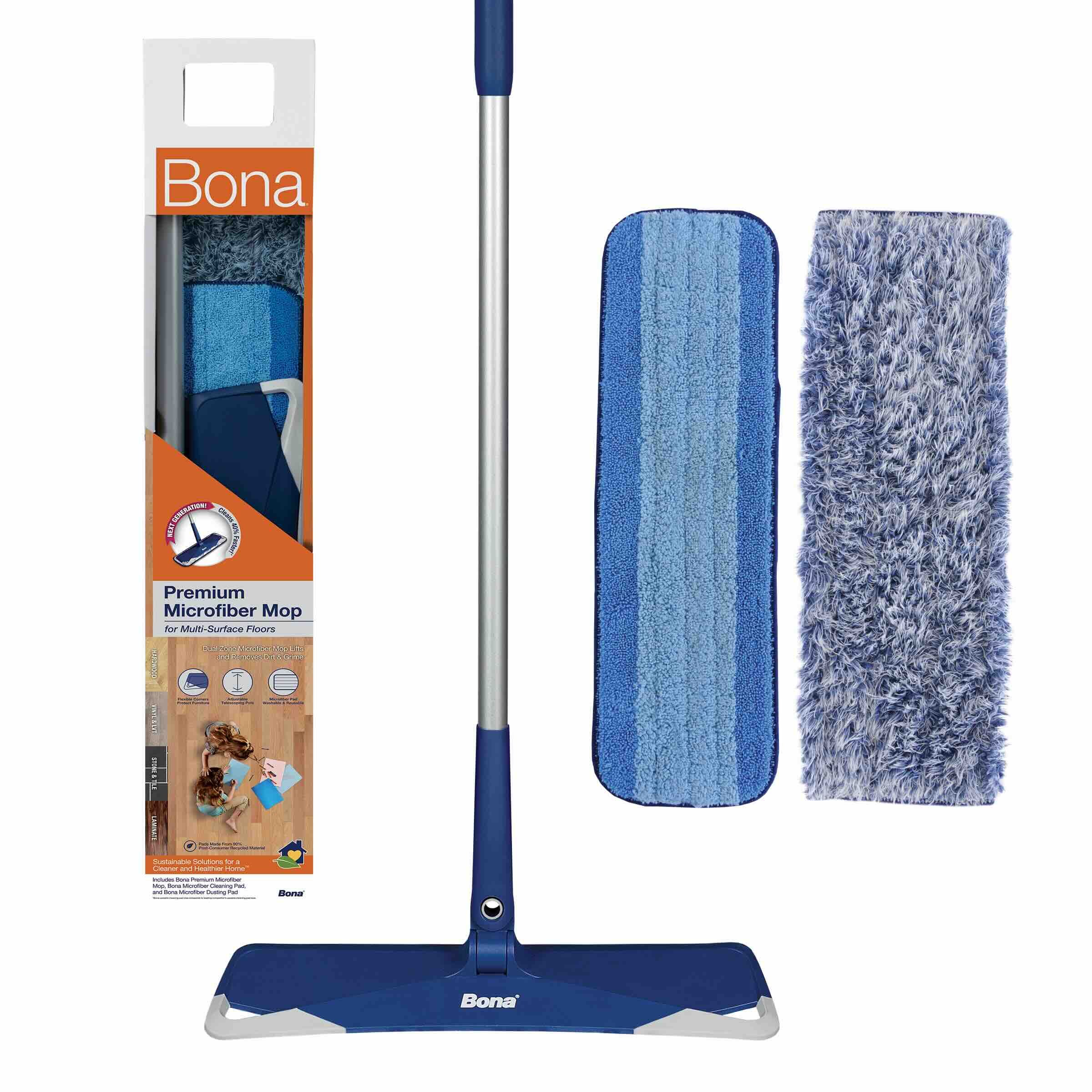
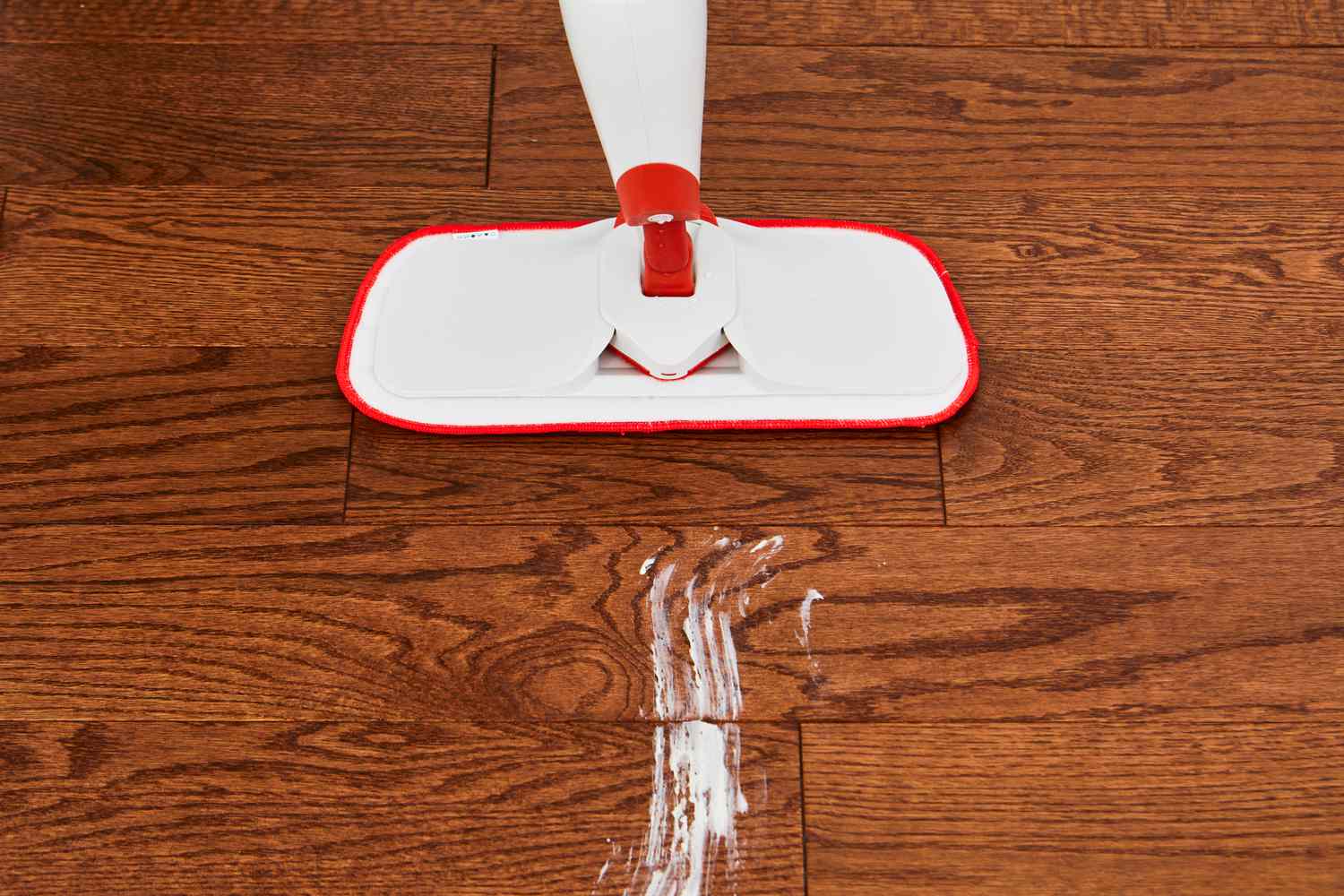
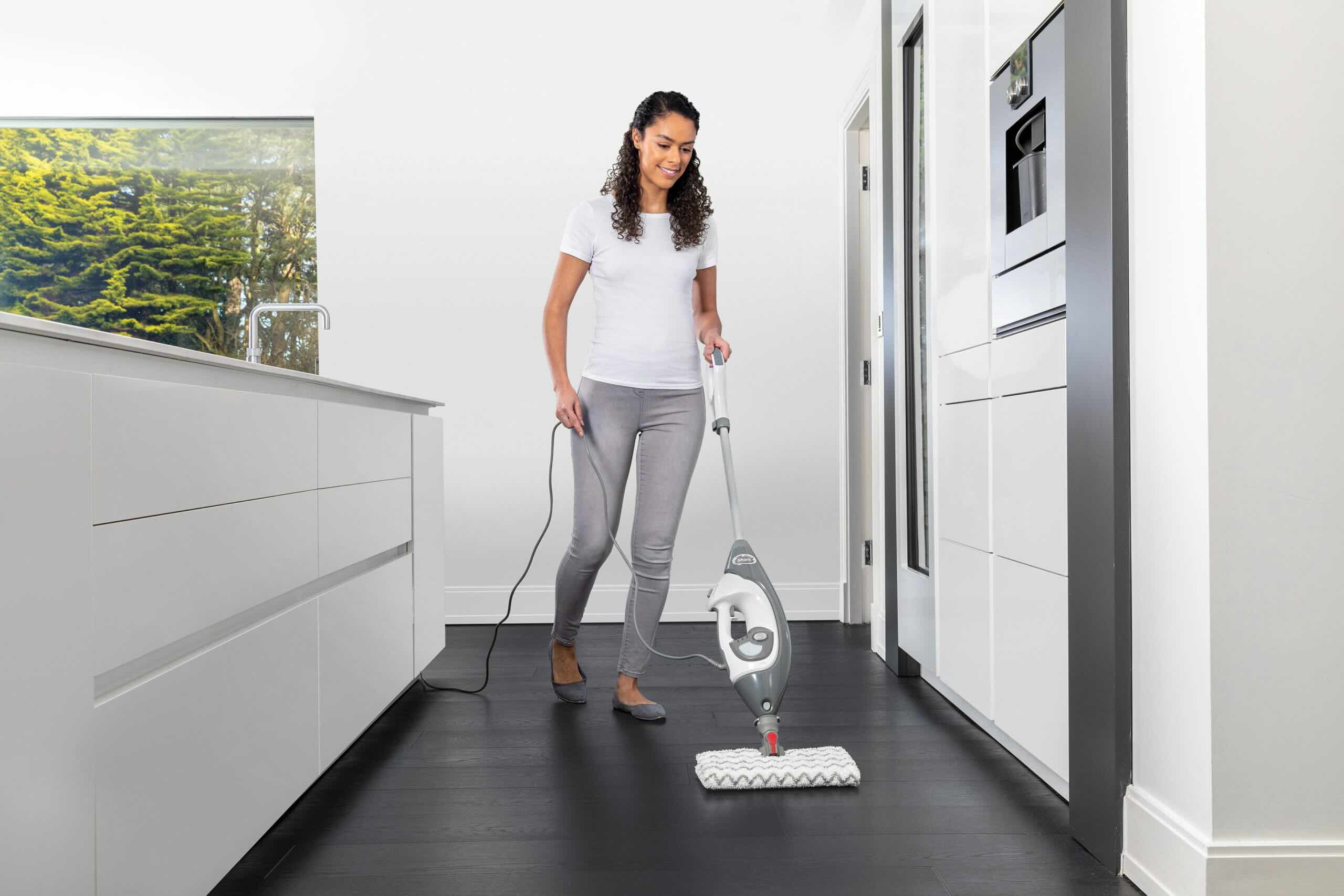
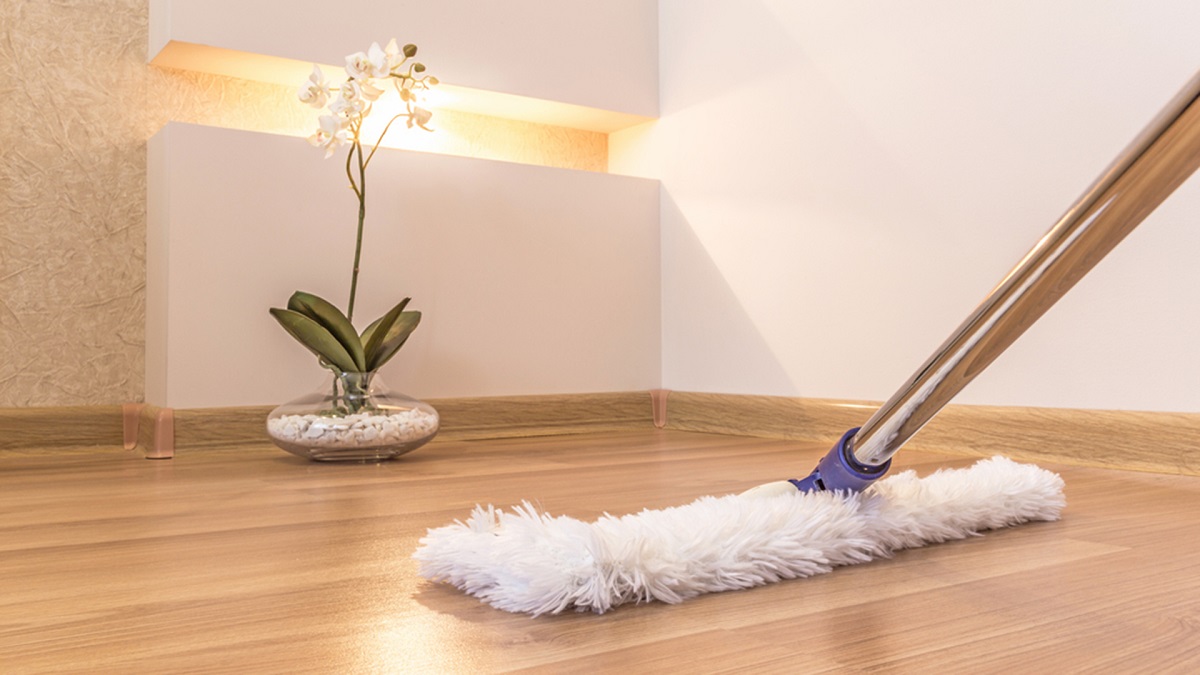
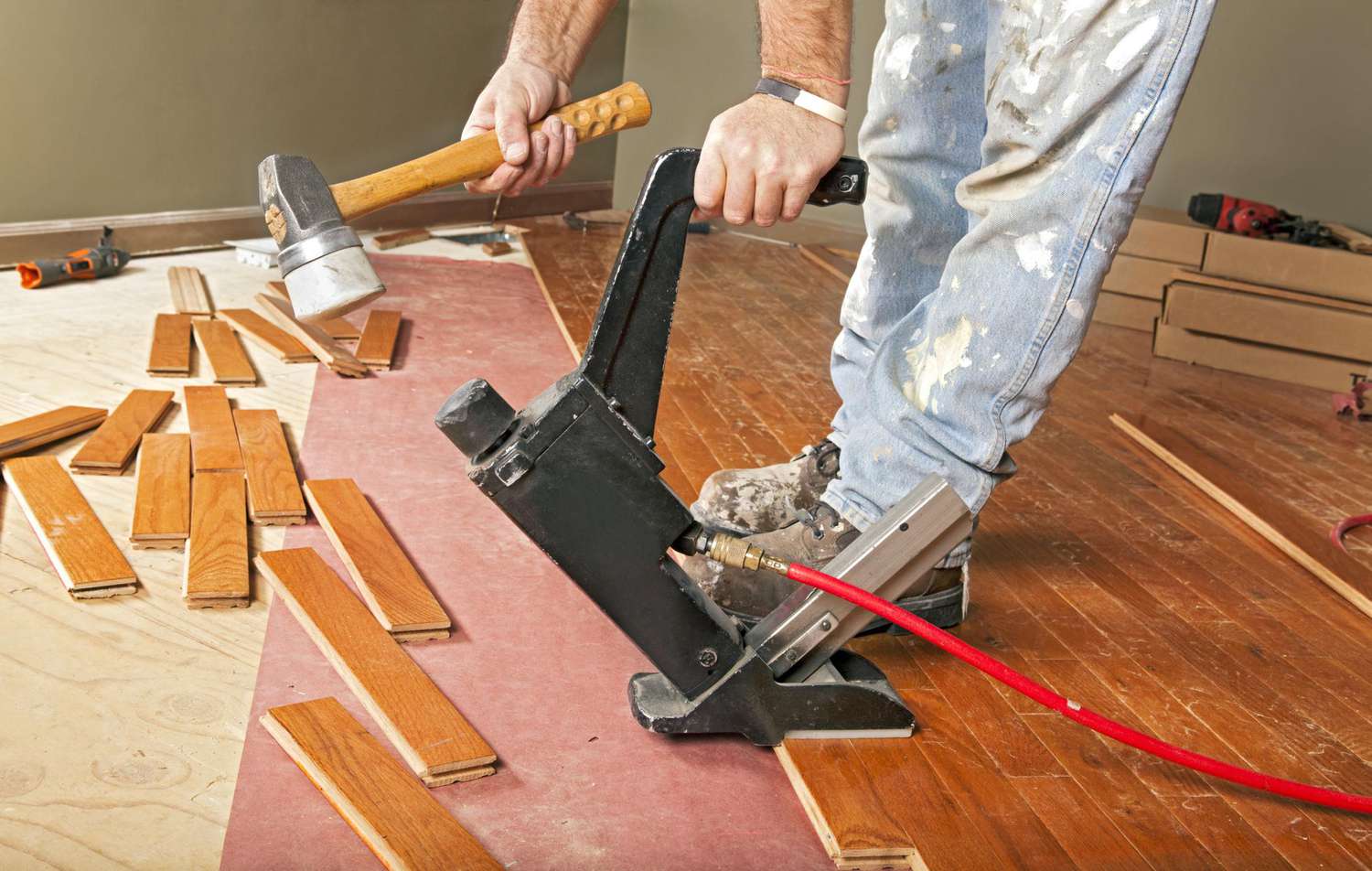
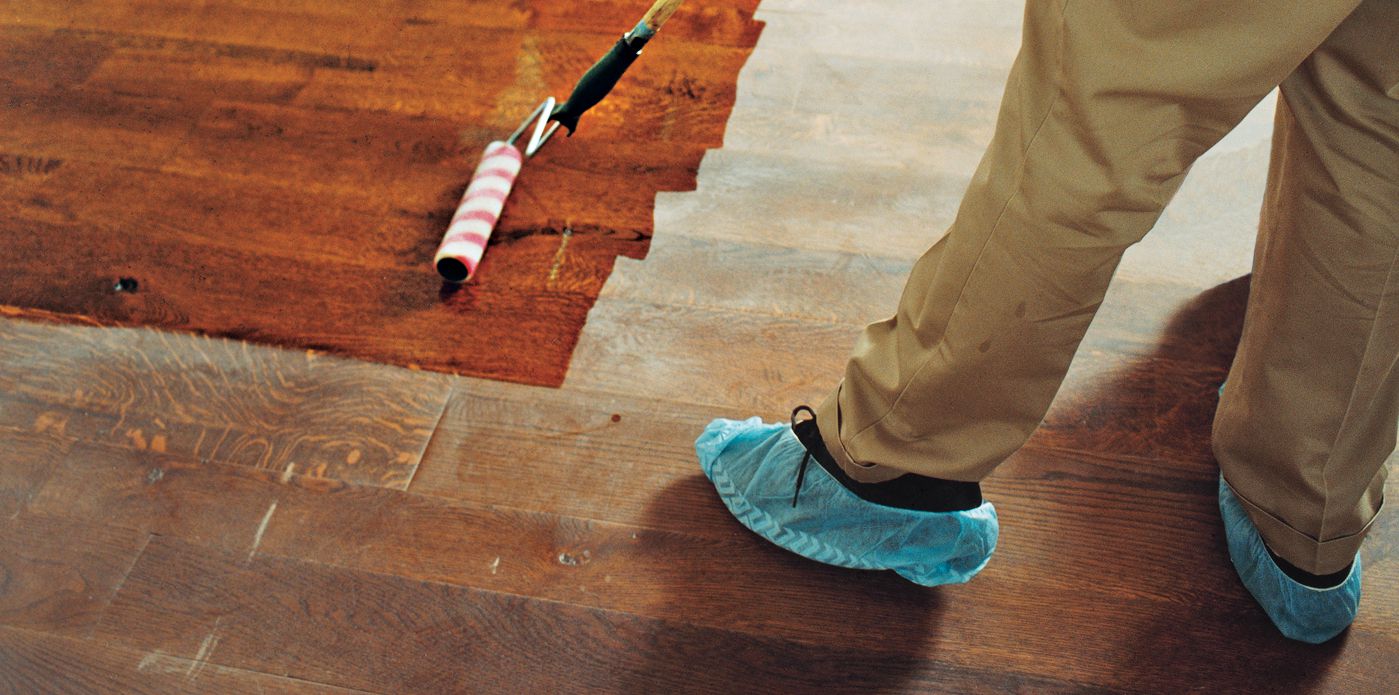
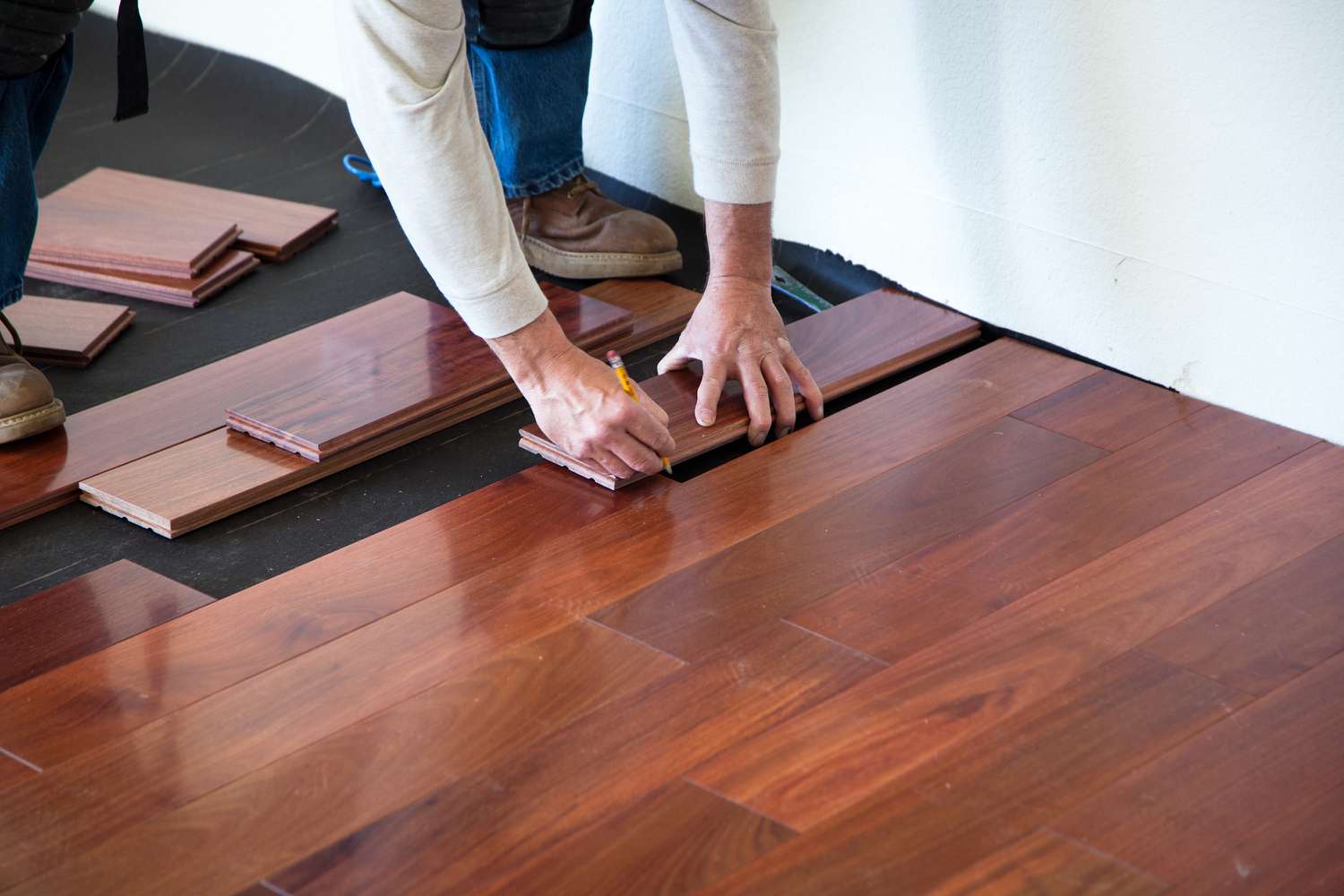
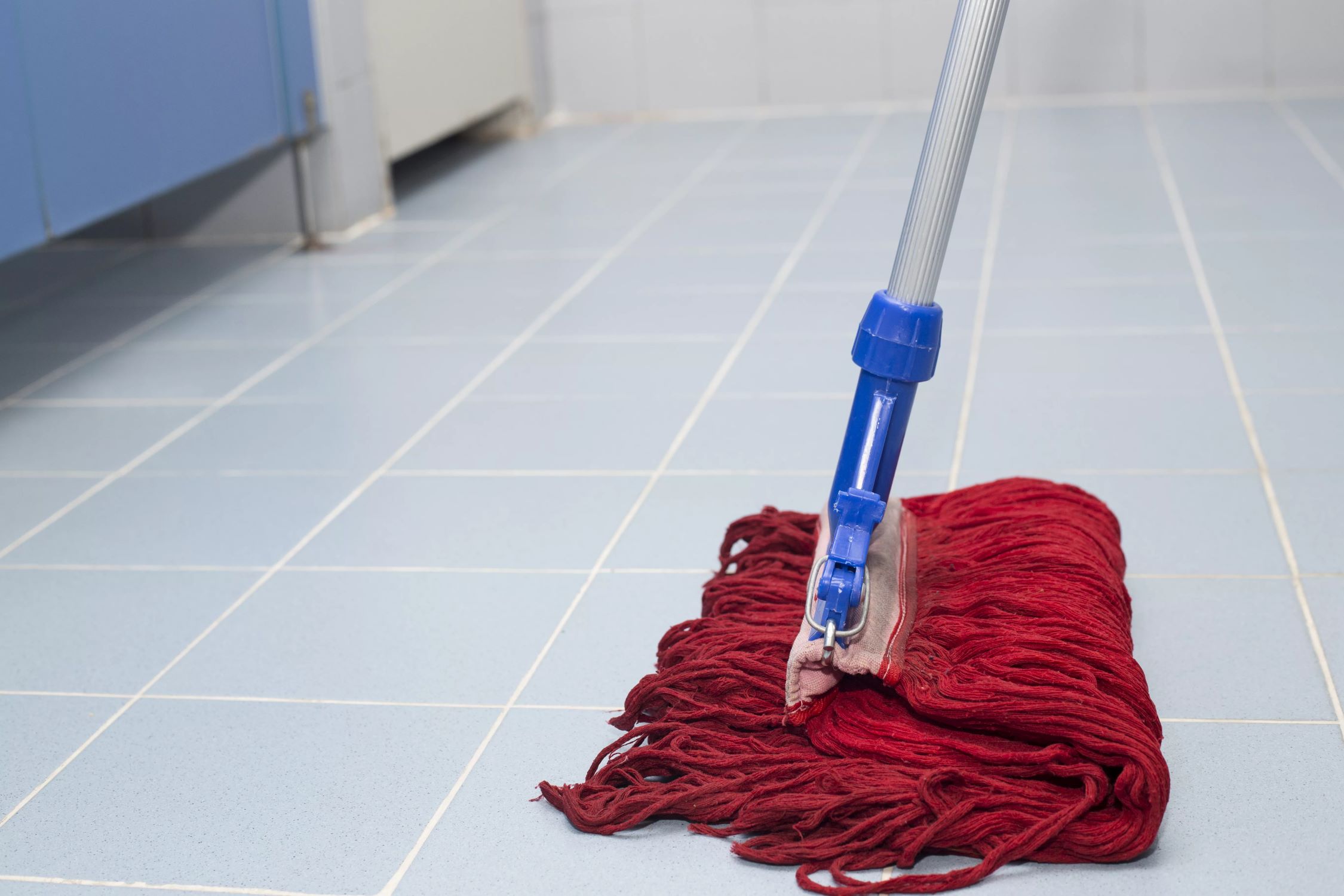
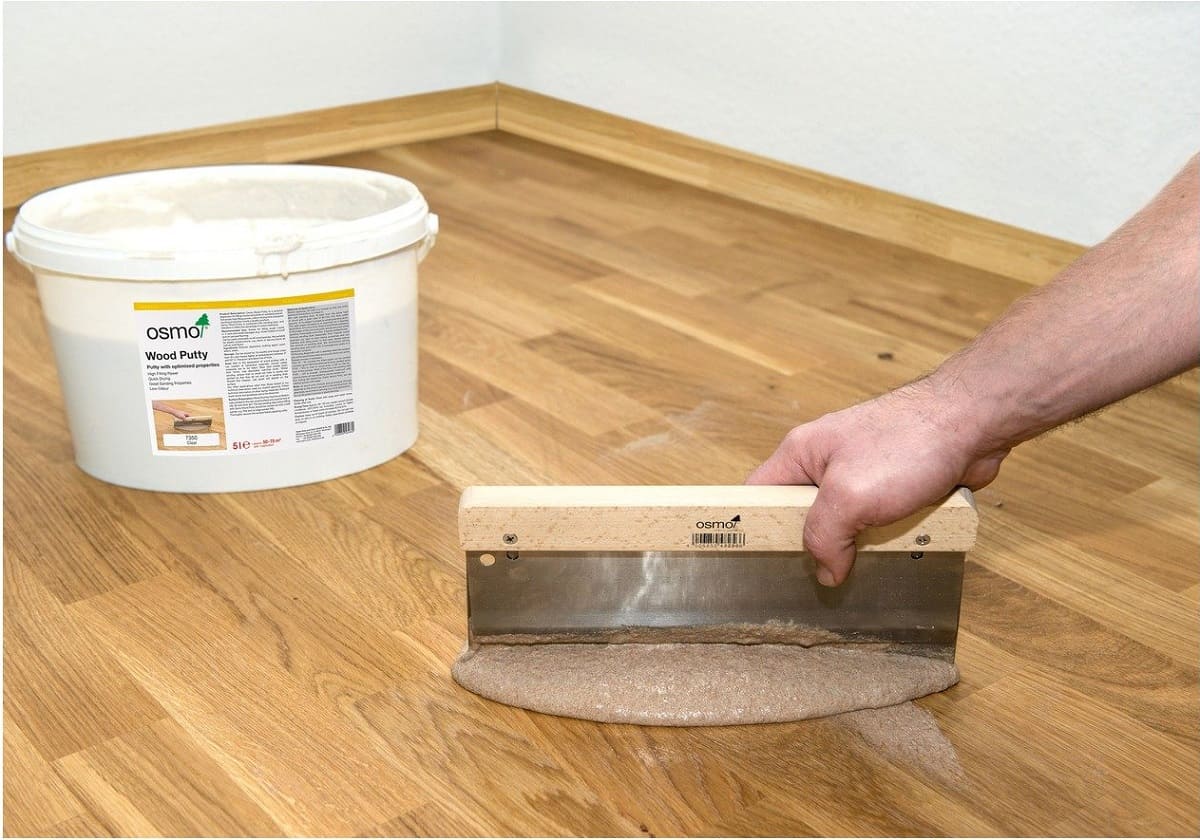

0 thoughts on “How To Mop Hardwood Floors With Vinegar”